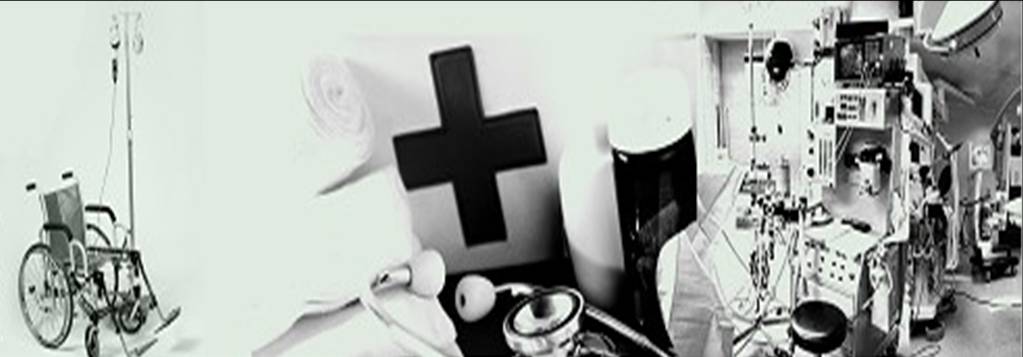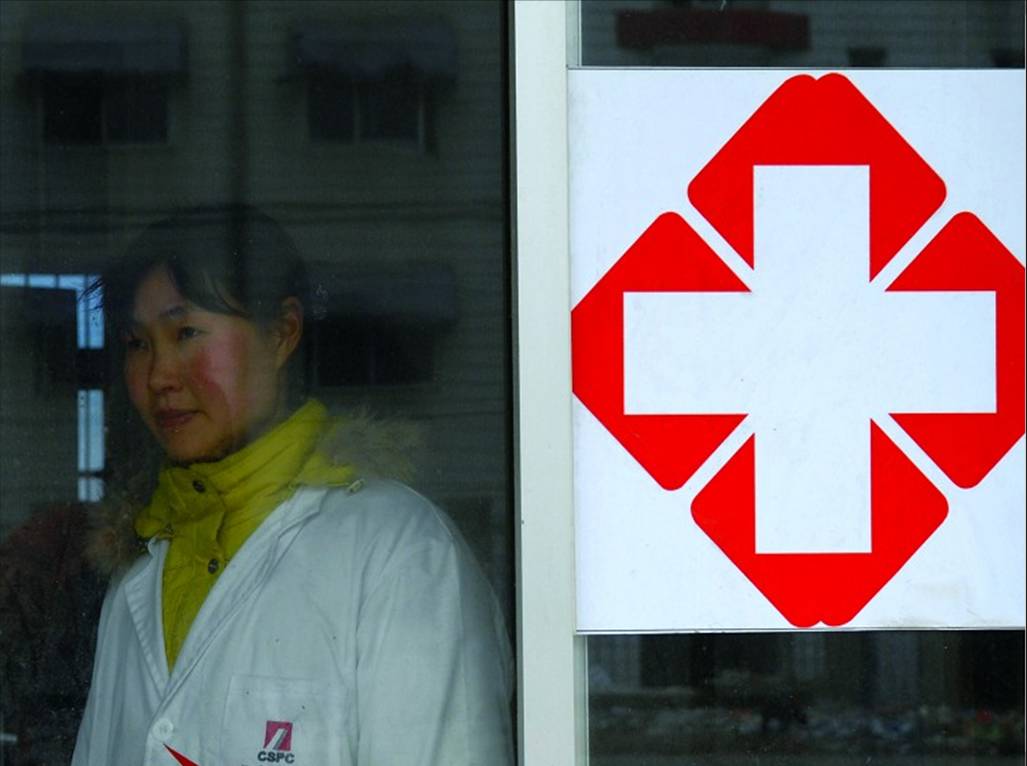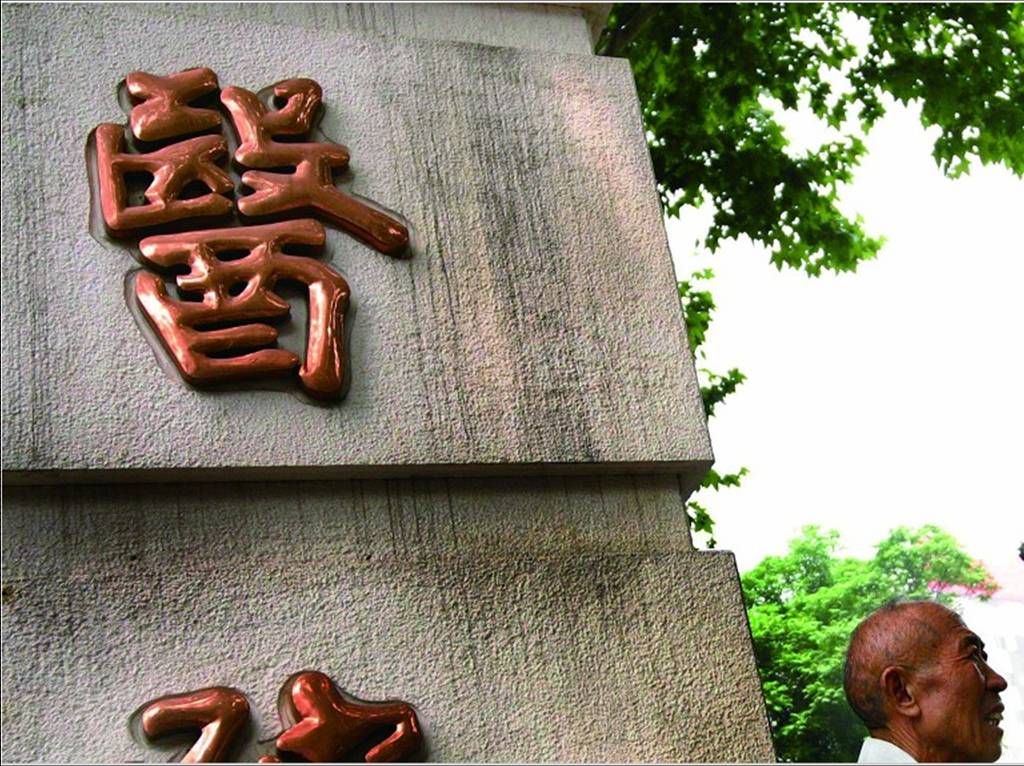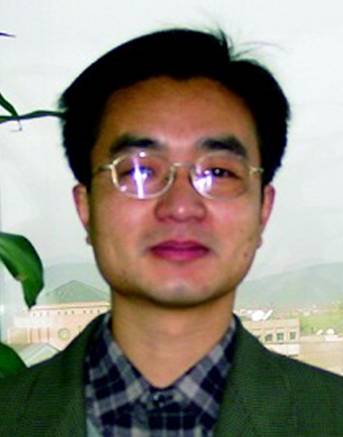


How can China provide high-quality, low-cost health care to cover a billion people while ensuring the financial sustainability of its hospitals? The Chinese government has experimented with several models, but health care still remains out of reach for millions of Chinese. Are more market reforms in the industry the answer? The EO asked health care practitioners and academics these and other questions. For background on the EO special and "the five haves", see below.
Case Study 1: The Abortion of "Poverty Relief" Hospitals
 In response to public complaints over expensive health care, the Chinese government has established "poverty relief hospitals" since 2006. Nangang Hospital, a subsidiary of Heilongjiang no. 2 Hospital, was once one of them. Just 245 days after it was officially appointed as the province's top-grade "public interest hospital", it dismantled the sign in its entrance and began charging its patients the same prices as other hospitals.
In response to public complaints over expensive health care, the Chinese government has established "poverty relief hospitals" since 2006. Nangang Hospital, a subsidiary of Heilongjiang no. 2 Hospital, was once one of them. Just 245 days after it was officially appointed as the province's top-grade "public interest hospital", it dismantled the sign in its entrance and began charging its patients the same prices as other hospitals.
According to the management of its parent hospital, Nangang had run into financial trouble ever since its inception. It started operation in early 2006, but a 10 million-yuan government grant didn't come through until the next half of the year. High costs, low income, and lack of advertisement left the hospital in the red.
Xinjiang no. 1 Poverty Relief Hospital was another experiment. Though much luckier than Nangang in terms of financial support from the government, this hospital "is barely surviving" according to its director. As a medium-grade hospital, it had trouble winning over patients' trust--if slightly ill, people instead chose to buy medicine in nearby pharmacies; if they had some serious illnesses, they went to the top-grades hospitals. In fact, the phrase "poverty relief" in its name led to doubts over its quality and kept those who could afford medical cost away.
History has shown that these hospitals failed to improve local access to health care. Most of the poor still couldn't afford the high costs, and the hospitals themselves made less money. with so many beds left vacant, the already scarce health care resources in the country were being wasted, and the efficiency of government dedication to public services remained doubtful.
Case Study 2: Private Hospitals -- Big Rush, Small Steps
 Three years after winning government subsidies for performing cataract surgery, Heping and Xinshijie, two private eye-care hospitals in Shanghai, finally won access to the municipal government's healthcare insurance system early last month. Though 43 private health institutions had been accepted into the system earlier, the waiting list was still 70 long.
Three years after winning government subsidies for performing cataract surgery, Heping and Xinshijie, two private eye-care hospitals in Shanghai, finally won access to the municipal government's healthcare insurance system early last month. Though 43 private health institutions had been accepted into the system earlier, the waiting list was still 70 long.
Even if there were high quality private hospitals in the area, most patients shunned them because these hospitals were not in the insurance network, thus making reimbursement claims impossible. For the hospitals, winning entry into the system would mean more customers, and more importantly, a confirmation of their quality services, thus boosting public confidence.
But even if admitted into the system, private hospitals still faced double pressure from high costs and heavy taxes. In contrast to the tax-free and subsidized public hospitals, private ones have to pay over 8% of their yearly income to taxes. A recent survey by the All-China Federation of Industry and Commerce revealed two main problems faced by private hospitals – public policy bias that favored the public hospitals lowered public confidence in private ones; and medical frauds at several private hospitals last year tarnished their reputation.
Update: Health Care at the NPC and CPPCC
Chinese Premier Wen Jiabao told nearly 3,000 lawmakers on March 5 that a long-awaited health care reform scheme would soon be publicized and public opinions solicited. The central government would allocate 83.2 billion yuan this year to support the reform and development of the health care sector in both urban and rural areas, he said. (source: Xinhua)
Wang Yin, head of medical insurance department of the People's Hospital in Yunan province's Dali Bai ethnic autonomous region, and NPC member, proposed to draft a new law specifically for medical dispute settlements. She suggested the law to stipulate clearly the responsibilities of all parties involved, manners of dispute assessment, and settlement channels. She also called for a standardized disputes assessment body. Her proposal was submitted to the NPC on March 9. (source: Xinhua)
Xie Zilong, NPC member and a pharmacy chain stores director, called on the government to sell low-performance public hospitals and concentrate its resources on building several large and welfare-based hospitals for each region. He submitted a proposal on March 9 that suggested public hospitals be reformed like state-owned-enterprises have, and private capital encouraged. (source: The Beijing News)
Wu Ming, CPPCC member and deputy head of public health school at Peking University, proposed that all medical practitioners should be insured against medical malpractice. He said the fear for disputes had caused medical practitioners to either stick to conservative treatment, or to require patients undergoing thorough and advance checks that pushed up cost. (source: Sina)
Interview: Medicare Insurance as Motivation for Reform
 Dong Zhaohui is a fellow researcher of the Healthcare Economics Research Centre under the Peking University.
Dong Zhaohui is a fellow researcher of the Healthcare Economics Research Centre under the Peking University.
The EO: What's your view on the plight of the so-called "poverty relief" or "low price" hospitals?
Dong: Literally, "poverty relief" means to help the poor. With this aim in mind, two things should be clarified first. One, what's the earning of different social groups? Two, how well are their medical care needs met? Only when these questions are solved can these hospitals really start benefiting the poor.
Also, we need to ask, is this "low price" hospital model suitable for the larger market, say, nationwide?
The EO: What is a suitable model then?
Dong: There may be many options, but I think the basic mechanism should be like this—lower the entry requirements for private capital. When a reasonable return is foreseeable, private capital will be willing to enter the health care industry. If when the market has been opened up and made fair, yet still no sign of private capital inflow, then only the government steps in and considers subsidizing.
The EO: Wouldn't it be logical to think that if the government grants a private hospital the license to operate, the eligibility for insurance scheme comes automatically?
Dong: You may have misunderstood the medical care insurance scheme. If you were the head of an insurance agency, would you prefer fewer point of sales, or more? You certainly would choose more. The same logic goes to when you compare goods in different stores before you decide which to buy.
Whereas in this case, it is the healthcare system that sets the bar for private hospitals participation, and quality healthcare is the threshold for them to gain entry into the insurance scheme.
Then why aren't their services qualified? We should leave this question to those behind the healthcare mechanisms.
The EO: Do you mean there are deficiencies in the mechanism?
Dong: Yes. Above all, there is a problem in assessment, both doctors and hospitals. Take the doctor assessment for example. Today it's still the government who has the final word, not the trade union. In this case, will it be easier for a doctor in a private hospital to win promotion than that in a public one? The two are likened to two sons of the government, one its own blood, the other adopted. It's obvious which one is more favored. This makes private hospitals less attractive for many health professionals. Under such condition, how could their services stay intact?
The EO: In the course of researching this issue, we have been told by private health practitioners in Shenzhen that they are facing taxation problems. What's your opinion on this?
Dong: Right. Private hospitals have two choices when they register—either as a profit organization or a non-profit. The former offers dividends. The latter can't, but it enjoys preferential policies in taxes, and should devote its yearly returns to the following year's operation.
Everybody wants to pay less taxes. In the second case, you retain more assets and money to yourself, so many choose to be a non-profit. This, to some extent, supplements medical resources.
However, the government is very strict about the registration of non-profit health institutions, which left private capital with little choice but to pursue profit-oriented ones.
Respect Private Capital's Right of Choice
The EO: Should the government lower the entry requirements for non-profit health institutions?
Dong: Actually it shouldn't be the government to decide whether these institutions should become profit-oriented or non-profits, they should define themselves.
As long as private investors are qualified to provide health services, they should have the right to choose their own operating model. The government could guide them, but should allow them to make their own decisions. This is the way a service-based government acts under the market economy.
The EO: It seems medical resources can't be reasonably distributed until the mechanism behind it is amended. Is that so?
Dong Zhaohui: The good thing is that more people are enjoying health care insurance, which serves as a motivation for further reform.
The EO: Is there any evidence that the government is making more efforts to increase the number of those insured than to develop public health infrastructure?
Dong: Credible statistics are not available yet. The general situation is—apart from urban workers and free medical treatment beneficiaries, more urban and rural residents are enjoying health care insurance these years. Coverage for urbanites will be expanded to cover 50% of all cities in the country, up from last year's 79 cities, according to a recent conference. The rural scheme has been in effect for three years, and will cover the whole country this year.
Compared with getting more people covered by insurance, efforts in pushing for better and cheaper services have progressed slower. The reform of income-expense separation in health care (under which a governmental institution's income must be handed over to the state treasury while its spending is funded by the government according to yearly budget approvals depending on development goals) has only been carried out fully in one hospital in Beijing. In other hospitals and regions, the reform is still on trial, and small scale pilot projects have been introduced in places like Changning and Pudong districts of Shanghai, and Xiacheng district of Hangzhou.
The policy is actually a product of the planned economy. Even if it's adopted in more regions in the short run, as time progresses and the market economy develops, it will most probably be replaced by a more market-oriented system.
The EO: Why did you mention earlier that when more people get insured, the greater the motivation for reforms is?
Dong: Well, the private hospitals are not subjected to the income-expense separation policy, only the public ones are. By getting more people insured, the private hospitals are able to enjoy the healthcare insurance subsidies, which in turn funds further development. When the market share of private hospitals has increased, the pressure for the public ones to reform would be greater.
Background
The Chinese government's oft-stated goal of constructing a "harmonious society" has increasingly focused on five core issues, or "five haves", closely tied to the livlihoods of Chinese--that is, universal access to education, employment, housing, social security and health care. In the 17th Congress of the Chinese Communist Party, these new focus areas were enshrined by President Hu Jintao's Party report, and are expected to be widely discussed and pursued during the top legislative sessions thereafter.
The two sessions (lianghui or 两会 in Chinese) refer to meetings of the Eleventh National People's Congress (NPC) and the Chinese People's Political Consultative Conference (CPPCC) from March 3 to 18.
In view of this, the EO published a five-part special focusing on each of the "five haves", including case studies and interviews.
Reported by Zheng Chu, Ding Yang & Li Yang
Translated by Zuo Maohong

